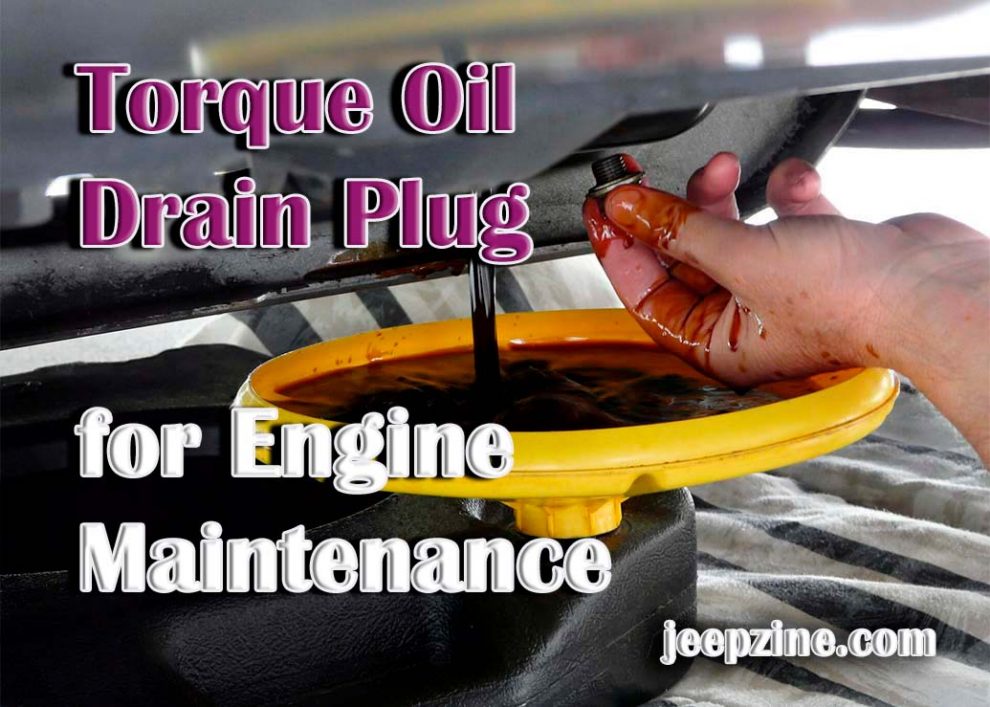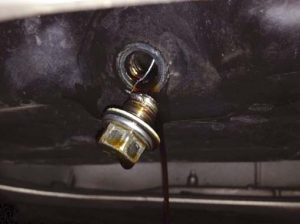The oil drain plug is an important component in your engine’s maintenance routine, so it’s important to torque the plug for the best results properly. Torquing the drain plug ensures a secure seal and prevents potential leaks. This guide will provide step-by-step instructions on how to properly torque an oil drain plug and explain the benefits of doing so.
Setting Up for the Process
Establish an organized, well-lit workspace and gather necessary safety gear to set the stage for a successful oil drain plug torquing process, ensuring a smooth experience and optimal results.
-
Preparing Your Work Space: Before starting any maintenance or repair, creating a clean workspace with adequate lighting and ventilation is important. Ensure you wear appropriate safety gear such as gloves, glasses, and a face mask if necessary. Additionally, ensure that all tools are in good working condition and easily accessible to avoid wasting time during the process.
-
Gathering Required Materials and Tools: For this particular job, you will need a new oil filter gasket (if necessary), new oil drain plug, thread sealant (optional), ratchet set with socket/wrench adapter, adjustable torque wrench capable of measuring up to 25ft-lbs., rags/towels for clean up, shop vacuum (optional).
Step-by-Step Guide on How to torque an Oil Drain Plug
Discover the essential steps to properly torque an oil drain plug in this comprehensive guide. By following the outlined process, you’ll create a secure seal, minimize the risk of leaks, and maintain optimal engine performance.
-
Removing the Existing Plug: First, use a ratchet and socket/wrench adapter to remove the existing oil drain plug. Inspect the plug for any signs of wear and tear or damage, and replace it with a new one if necessary.
- Cleaning Debris Around the Threads: Once the oil drain plug has been removed, it is important to clean off any debris around the threads of the oil pan before installing a new drain plug. Depending on the debris present, this can be done with a rag or shop vacuum.
-
Applying Thread Sealant (Optional): If desired, thread sealant can be applied to ensure an even tighter seal when installing a new oil drain plug. Ensure you follow all instructions when using thread sealant to ensure the best results and avoid any complications during the installation of the new drain plug.
-
Installing New Drain Plug: Carefully install the new oil drain plug into its designated spot in your engine’s oil pan, ensuring it is properly threaded into place.
- Tightening and Torquing New Drain Plug: Once the new oil drain plug is installed, use an adjustable torque wrench to secure it tightly. Depending on your engine’s specifications, you will likely need to torque the plug anywhere from 15-25 ft-lbs. It is important not to tighten the drain plug over, as this can cause unnecessary damage to your engine or lead to a potential leak.
-
Finishing Touches: Once the new drain plug is tightened and torqued into place, ensure all tools are properly stored and that any excess debris is cleaned up with a rag or shop vacuum before turning on the engine again.
Benefits of Properly Torquing an Oil Drain Plug
There are several benefits of properly torquing an oil drain plug, including creating a secure seal that helps prevent potential leaks in the engine from occurring. Additionally, maintaining a tight seal helps keep debris out of your engine’s oil pan, which can cause further damage if left unchecked for too long. Properly torquing an oil drain plug also ensures optimal performance from your engine by maintaining correct levels of lubrication throughout the operation. Also explore here detailed the best synthetic Oil for Ford 6.7 Diesel to find top-rated options that offer superior performance, protection, and longevity for your diesel engine, ensuring smooth operation and enhanced efficiency.
Conclusion
Torquing an oil drain plug is essential to engine maintenance, as it helps create a secure seal that prevents potential leaks. Properly torquing a drain plug also ensures optimal performance from your engine by maintaining the correct levels of lubrication throughout the operation. By following this step-by-step guide and understanding the benefits of properly torquing an oil drain plug, you can ensure that your engine will be running at its best for years.


 Applying Thread Sealant (Optional): If desired, thread sealant can be applied to ensure an even tighter seal when installing a new oil drain plug. Ensure you follow all instructions when using thread sealant to ensure the best results and avoid any complications during the installation of the new drain plug.
Applying Thread Sealant (Optional): If desired, thread sealant can be applied to ensure an even tighter seal when installing a new oil drain plug. Ensure you follow all instructions when using thread sealant to ensure the best results and avoid any complications during the installation of the new drain plug.
Add Comment